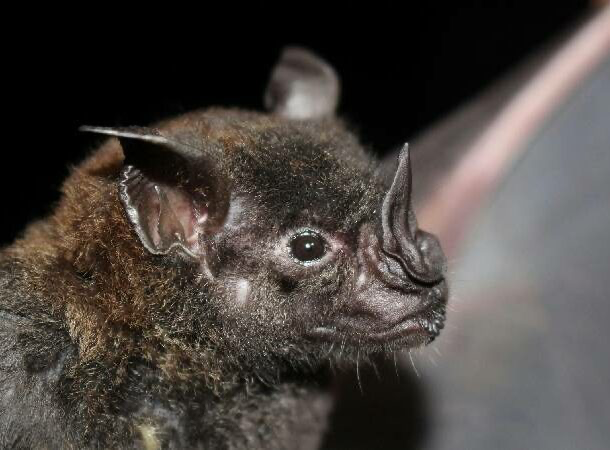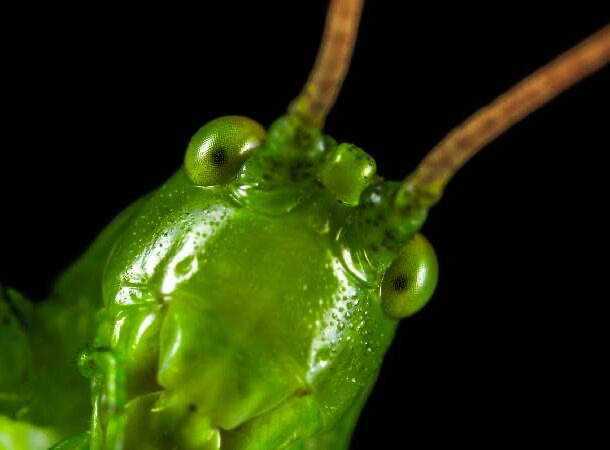Did you know that plastic can be transformed into vanilla flavor or that whiskey can be made from diabetic urine? These fascinating oddities make my work exciting, as I get to share these incredible and strange facts with you!
Even if you didn’t enjoy science in school, these science facts might change your mind. Science is always evolving, and today’s unknowns might astonish you tomorrow.
Here are 10 of the most peculiar science facts.
10. A laser beam can become trapped in water.

Indeed, search online for experiments to see for yourself.
This phenomenon is due to total internal reflection, where light moves through a dense material and hits a boundary with a less dense material.
With lasers and water, the denser water slows down the laser beam, trapping it within the water.
And you thought science wasn’t cool!
9. Rats Laugh When They’re Tickled

The sentence makes me laugh, probably because I’m very ticklish. It’s changed my perception of rats.
Researchers have observed that rats enjoy interacting with humans, initiating games like tag and enjoying belly rubs.
They now believe that the chirps and lively hops, known as Freudensprünge—a term that feels indispensable once you know it—are signs of their laughter and enjoyment of affection.
8. Plastic can be turned into vanilla flavoring.

Before enjoying that vanilla cupcake, think about its flavor source.
Upcycling can be quite valuable. Since plastics lose most of their value after a single use, researchers have discovered bacteria that can convert terephthalic acid (TA) into vanillin.
Vanillin is used in various products, including food, cosmetics, cleaning agents, pharmaceuticals, and herbicides. Demand is increasing, with 37,000 metric tons required in 2018, surpassing the supply from natural vanilla beans. Currently, around 85% of vanillin is synthetically produced from fossil fuel derivatives.
7. Men Are More Likely To Be Colorblind

It’s an unusual but proven fact that color blindness is more prevalent in men than women. The reason is tied to the genetics of the X chromosome, where the genes responsible for color vision are found.
You might think women, having two X chromosomes, would be more affected. However, men, with only one X chromosome, need just one defective gene to be colorblind.
6. Bats Are Immune Against Most Viruses

Bats are carriers and transmitters of various viruses, including coronaviruses. Research funded by the European Commission suggests that bats possess numerous antiviral genes for their protection. Rabies is an exception; while it can infect bats, it usually isn’t fatal for them.
Before judging bats negatively, imagine them as winged rodents that enjoy human interaction and belly rubs. This perspective might just change your opinion of them.
5.Humans Have The Capacity To Produce Venom

For those who’ve been eagerly awaiting the emergence of X-Men-like superpowers, there’s exciting news ahead. While humans aren’t venomous now, it’s quite possible we could develop such abilities in the future.
Researchers have made a significant breakthrough by discovering a link between early salivary glands and the tissues that evolved into venom glands in various species. Since saliva is the common factor, any creature with salivary glands – from rodents to humans – could potentially produce venom someday. The key isn’t in our genes or mechanisms but in the specific proteins secreted by these glands.
With this intriguing finding ranked at number 15, you must be curious about the top spot on our list. Stay tuned; it’s sure to be something you won’t want to miss!
4. Babies Have Almost 100 Bones More Than Adults

Many parents know this fascinating fact, but for those who haven’t yet experienced parenthood, here’s an interesting piece of information.
A newborn has approximately 300 bones, significantly more than the 206 bones in an adult. This extra flexibility is essential for a baby during childbirth, and most of these additional bones will fuse or grow together by the age of three.
Additionally, it’s worth noting that some of a baby’s bones are entirely made of cartilage, while others are partially composed of cartilage.
3. Our Bodies Glow – We Just Can’t See It

In 2009, Masaki Kobayashi, a researcher at the Tohoku Institute of Technology in Japan, investigated human bioluminescence. He conducted an experiment with five participants, capturing images of their bodies in 20-minute intervals every three hours over three days. These images were taken using cameras specifically designed to detect very low light levels. The findings revealed that certain areas of the body, like the neck and head, emitted light continuously, with intensity peaking around 4 PM each day.
The scientific community believes this light emission results from the interaction between fluorophore molecules and electrons released during cellular respiration. Unfortunately, this bioluminescence is too faint for the human eye to see, being about a thousand times weaker than our visual threshold.
2. A Grasshopper’s Ears Are On Its Belly

Just when you think you’ve heard it all, here’s a fact that might surprise you.
A grasshopper hears through its abdomen.
On the first segment of a grasshopper’s abdomen, right under its wings, there are membranes that vibrate when sound waves hit them. This remarkable auditory system, called tympana, allows grasshoppers to detect the songs of their species, although they aren’t particularly good at distinguishing different pitches.
1. A Diabetic Person’s Urine Could Be Used To Make Whiskey

That’s the real sugar content! And while I wish this were just hypothetical, it’s not—James Gilpin has actually done it.
He sources his raw material from senior citizens, including his own grandmother, and processes it similarly to purifying water, extracting the sugar molecules. These sugars are then added to the mash stock to accelerate the fermentation process.
Typically, the sugar for this process would come from the starches in the mash. After converting the mixture into a clear alcohol spirit, whisky blends are introduced for color, taste, and thickness. The final product is then bottled and labeled with the donor’s name and age.
